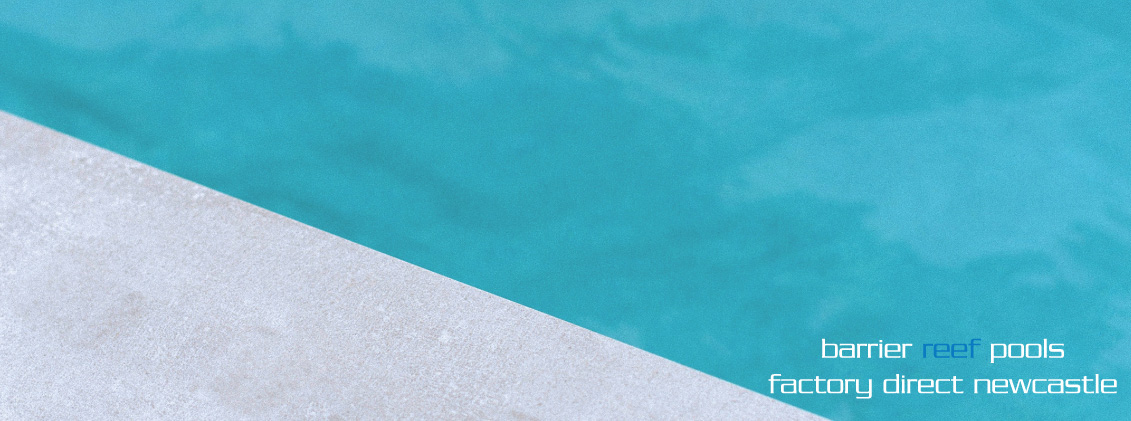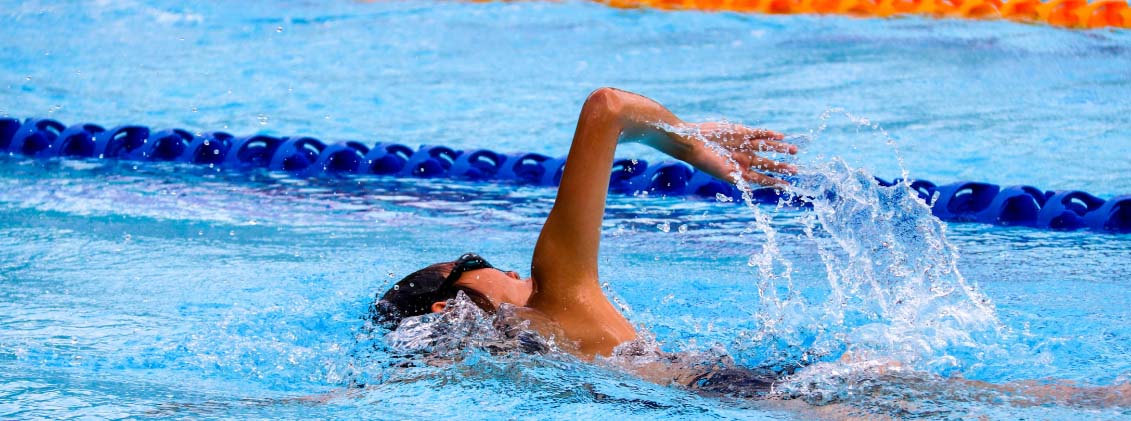Pressure vs Robotic vs Suction: Which Type Of Pool Cleaner Is The Best?
Swimming pools need cleaning. Quite simply, an unclean swimming pool is a breeding ground for bacteria and algae, which can trigger skin irritation, allergies, and a lot worse. Thankfully, there are various pool cleaning solutions you can invest in to maintain the health and safety of your swimming pool.
Swimming pools need cleaning. Quite simply, an unclean swimming pool is a breeding ground for bacteria and algae, which can trigger skin irritation, allergies, and a lot worse. Thankfully, there are various pool cleaning solutions you can invest in to maintain the health and safety of your swimming pool.

In this article, we’ll take you through three of the most popular types of pool cleaners – pressure-side cleaners, robotic cleaners, and suction-side cleaners. We’ll also highlight their pros and cons so you can make an informed buying decision. So, without any further delay, let’s dive right in!
Pressure-side cleaners
Pressure-side cleaners are heavily reliant on swimming pools’ pumps and filtration systems. It utilises water on the pool pump’s pressurised side, i.e. the side that forces out pressurised water into the pool from the pump. That’s why these cleaners are known as pressure-side cleaners.
When pressurised water moves through a pressure-side cleaner, it drives the cleaner’s wheels, which results in the creation of a suction. This suction sucks in contaminants in a pool. Pressure-side cleaners also come with filter bags, which are incredibly effective at reducing the stress and workload of the pool filter.
However, owners of pressure-side cleaners are required to manually clean their filter bags following every use. The power required to operate pressure-side cleaners is generated by the pool pump, so these cleaners are excellent options if you want to save up on your utility bills. Many pool owners get stuck with first time maintenance, so check out our checklist here!
All in all, pressure-side cleaners have the following pros to offer:
Availability of filter bags, which reduce the workload on pool filters
Powered by pool pumps, which results in no extra utility costs
There's only one noteworthy con of pressure-side cleaners - the fact that the filter bags have to be manually cleaned.

Robotic cleaners
Robotic cleaners are among the newest pool cleaning tech, and they allow pools to be cleaned effortlessly. The only effort you’ll have to put in if you invest in a robotic cleaner would involve programming it. Once you program it and drop it in the pool, it’ll proceed to function exactly according to how you’ve programmed it. Their autonomy makes them perfect for pool owners who don’t have much time on their hands to maintain their pools.
These cleaners, unlike pressure-side cleaners, don’t need any attaching to pool pumps and filtration systems. They also feature capture or filter bag systems of their own. Simply plug a robotic cleaner into a socket and let it do its job. In a few hours, your swimming pool will look as good as new.
Check out the top solar pool covers here!
One of the most important things you need to pay attention to during the operation of a robotic cleaner is that the pool pump should be switched off. A pool pump, when turned on, circulates the pool water, which can result in settled dirt and debris becoming unsettled, making them difficult to clean. However, when the pump is turned off, the contaminants settle at the pool’s bottom, which allows for the robotic cleaner to easily scoop the contaminants up.
Once a robotic cleaner finishes its cleaning routine, you’ll have to manually clean the filter bag or capture system. This is one of its downsides. Other downsides include higher utility bills as these cleaners consume energy separately and the fact that they are way more expensive than both pressure-side and suction-side cleaners. However, investing in a robotic cleaner can indirectly lead to longer lifespans of both your pool pump and pool filter, as the cleaner won’t overwork them.
Here is an informative guide to help you with the alkalinity in your pool!
So, the pros of robotic cleaners can be summed up across the following points:
Hassle-free operation - simply program it and let it do its job
Not reliant at all on pool pumps and filtration systems, leading to longer lifespans of both
The cons of robotic cleaners include:
Higher utility bills
Manual cleaning of filter bag or capture system
The most expensive type of pool cleaner available in the market right now

Suction-side cleaners
The last type of pool cleaner on this list is the suction-side cleaner, which is dependent on your pool pump. The pump provides the suction that the cleaner needs to remove the contaminants in the water. Suction-side cleaners feature long hoses that attach to the pool skimmer. Once attached, the cleaner works like a conventional vacuum cleaner but inside water.
If you’ve recently invested in a pool, we recommend investing in a suction-side cleaner first as it offers ease of use. However, before you start using a suction-side cleaner, you must ensure that your pool pump is in top-notch condition. Quite simply, if your pool pump isn’t very good, the suction-side cleaner won’t work well. Also, following every use of a suction-side cleaner, you’ll need to clean the skimmer basket and also backwash the pool filter. However, there are some modern suction-side cleaner models that come with their very own filter bags.
In terms of upfront expenses, suction-side cleaners are the most affordable. However, these cleaners make pool pumps work more, which results in higher electricity bills. They also tend to overwork pool filtration systems.
Are pool covers important? Let’s see in this article!
Suction-side cleaners offer the following advantages:
The most affordable type of pool cleaning system
Easy to use for new pool owners
However, they have the following disadvantages:
They require high-quality pool pumps for optimal functionality and performance
Pool owners have to perform manual skimmer basket cleaning and pool filter backwashing following each use
They can overwork both the pool pump and filter
Conclusion: Which type of pool filter should you consider?
The answer to this question boils down to your preferences. If money is your primary concern and you want to invest in a cleaning system without burning a hole in your pocket, you should consider either a suction-side or a pressure-side cleaner. However, it’s essential to remember that these cleaners require pool owners to be physically present and active in the cleaning process. On the other hand, if convenience is your priority, there’s no doubt about it – robotic pool cleaners are the best. All you need to do is program them and you can go about your day without worrying about pool cleaning.


